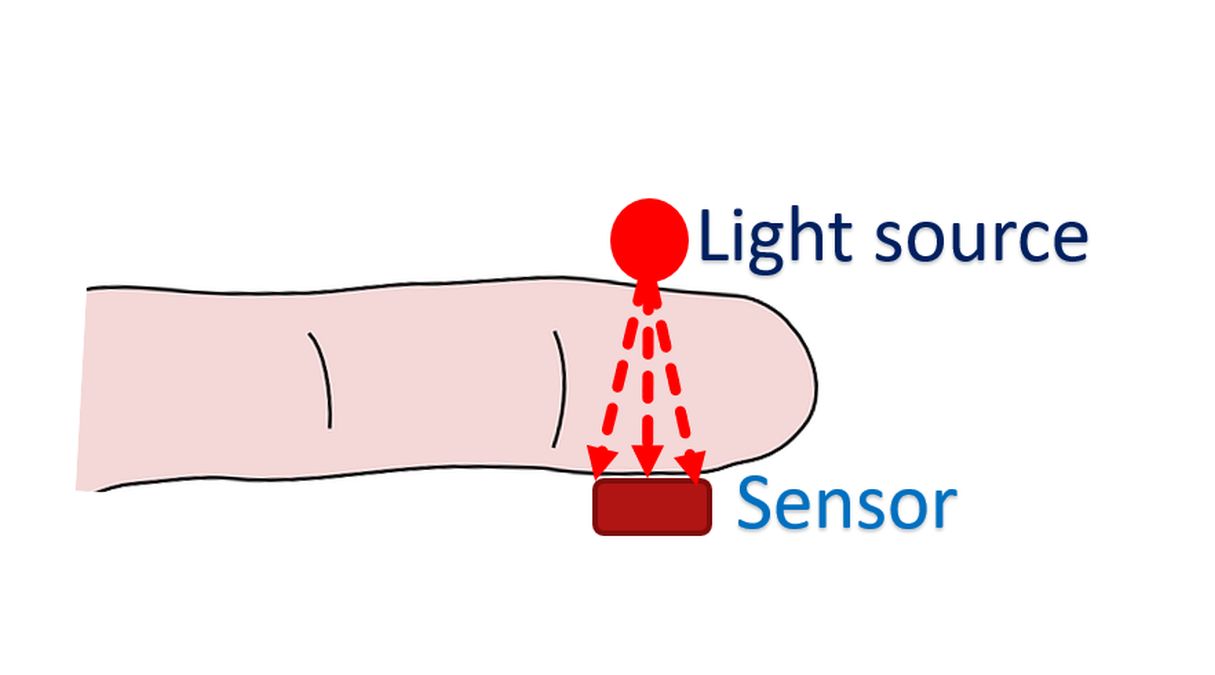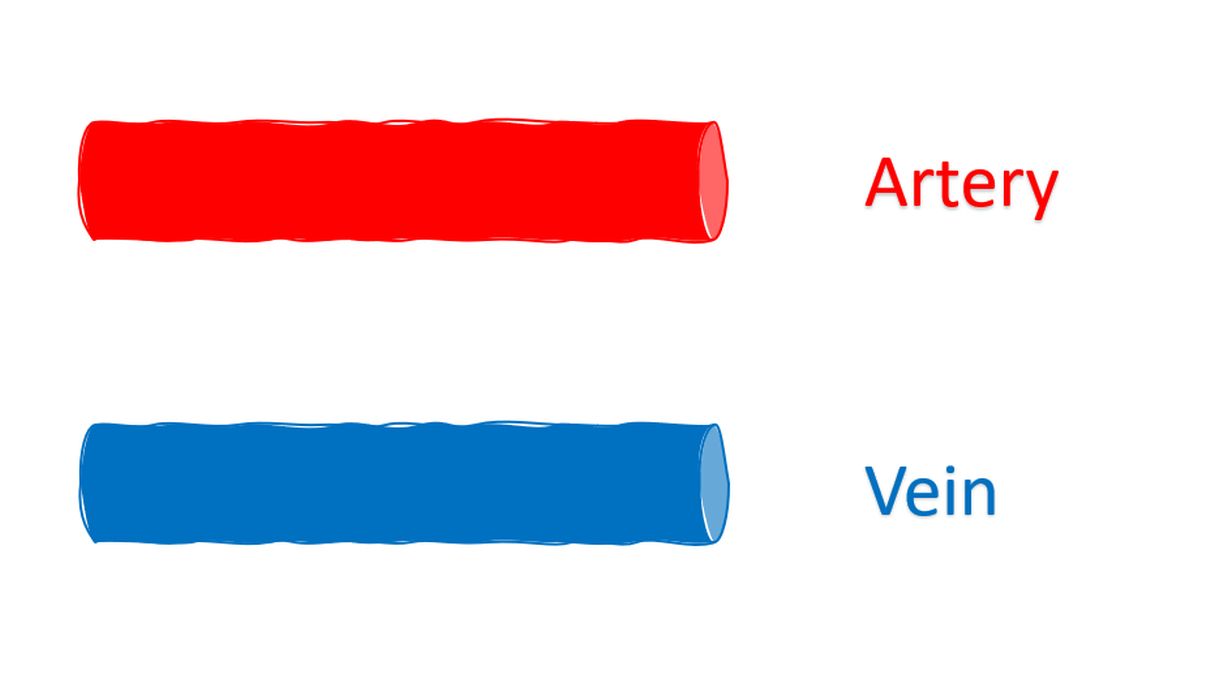What is a pulse oximeter?
What is a pulse oximeter?
Pulse oximetry is the measurement of oxygen saturation in arterial blood by using a non-invasive device, usually connected to one of the fingers. Arteries are blood vessels carrying oxygenated blood in the body. A wave form and percentage saturation display are usually given. Pulse oximeters are routinely used in operating rooms, emergency rooms and intensive care units. Pulse oximeters display the pulse rate in addition to oxygen saturation. Outside of the medical setting, they can be used by mountain climbers and pilots of un-pressurized aircrafts to decide whether supplemental oxygen is needed at high altitudes. Usual normal range for pulse oximetry readings would be 95 to 99 percent. But in patients with chronic obstructive lung disease, slightly lower levels may be acceptable.

Pulse oximetry depends on the absorption of two wave lengths of light transmitted through a thin region of the body like finger or ear lobe. Typically the device transmits infra red and red light and receives the transmitted light in a sensor. The attached microprocessor calculates the amount of light absorbed in each wave length and determines the oxygen saturation. Oxygen rich hemoglobin absorbs more of infra red light and hemoglobin devoid of oxygen absorbs more of red light.

Thus it is able to compare between arterial and venous blood and display the arterial oxygen saturation which has a pulsatile flow. Veins are blood vessels returning oxygen poor blood to the lungs through the heart. Hemoglobin is the blood protein which carries oxygen to the cells.

Pulse oximetry gives only the percentage oxygen saturation of hemoglobin. In severe anemia (low hemoglobin in blood), even if the oxygen saturation is good, actual delivery of oxygen to the cells may be poor. Erroneous values may be obtained when the blood flow is sluggish and during movement of the finger. A good waveform tracing indicates intact blood flow to the finger. Tracing can be poor in case of a cold extremity which may sometimes need warming to display a good tracing.




